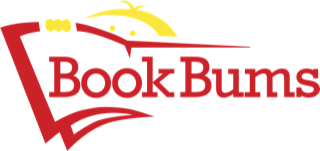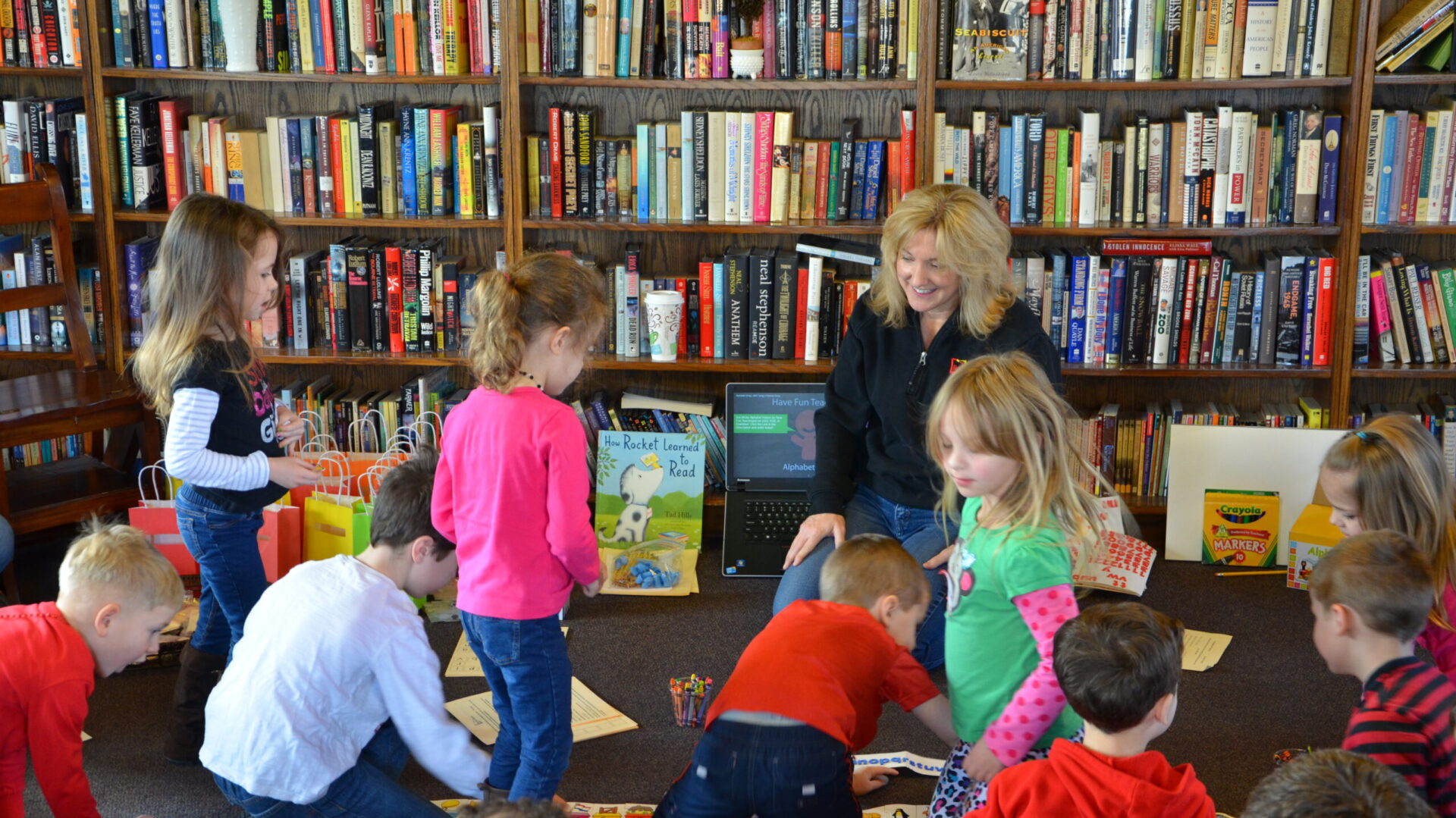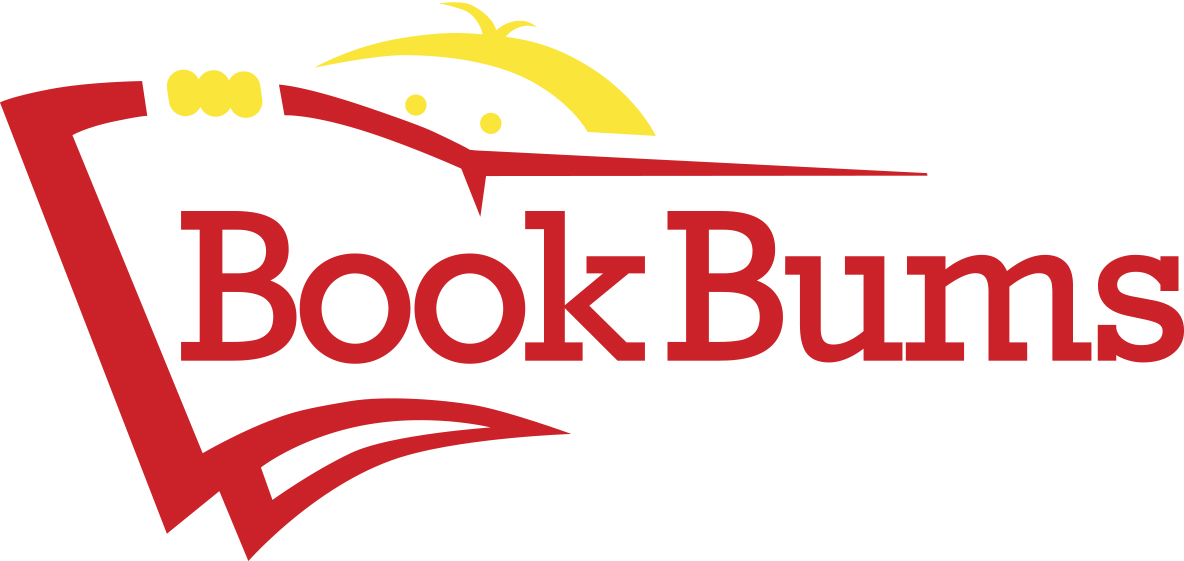
Hello Book Bums families!
Welcome to November, everyone! This week in the newsletter we are building reading and writing skills while we learn about history and practice thankfulness. We've included two different PDFs that you can download and use at home. Dr. Christy is also offering a special gift to ten lucky writers. Read on for all the details!
Bookbums.com is an Amazon Associate; We earn from qualifying purchases. This means that if you click on a link to Amazon.com and make a purchase, We may earn a small commission at no extra cost to you. We do recommend the products. Feel free to find them by other means.
Word of the Week
campaign (kam-pain) verb/action word - to work in an organized and active way toward a particular goal
Student council candidates campaign using posters and speeches to their classmates.
Literary Calendar
• November 6 is National Non-Fiction Day.
• Non-fiction books help us learn through facts.
• Visit your local library and explore the non-fiction section, which is organized by subject. Your child may find a favorite in folktales, biography, or cooking.
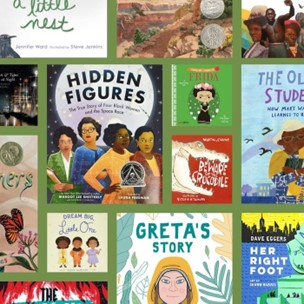
From our Bookshelves
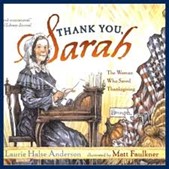
To welcome November we recommend Thank You, Sarah; The Woman Who Saved Thanksgiving, by Laurie Halse Anderson.
Thank You, Sarah is a book about Sarah Hale. Sarah lived during the 1800s. She was an American writer and activist. Sarah wrote the nursery rhyme “Mary Had a Little Lamb,” and she campaigned to make Thanksgiving a national holiday. She was a wife and mother, and she wrote in effort to abolish slavery. She worked for historic preservation, and she advocated for the education of women and their rights to be property owners. Am I the only one feeling like I need to up my game a bit?
Sarah’s parents were advocates for the education of all children, so Sarah attended school beyond the age typical of girls in those times. Once she was equipped with the ability to read and write, Sarah never stopped learning. She has been identified as an autodidact—a self-taught learner. Hm. What have I been working to learn, lately?
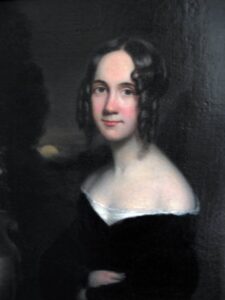
This children’s book about Sarah’s life tells the story of how Sarah was bold and brave and stubborn and smart. She knew how to get things done, and she did so through the power of her pen. It’s an inspiring story, and Thanksgiving is the perfect time to read it! It’s interesting and it just might inspire your kids to get writing! Sarah wrote poems, books, articles, and letters.
To inspire your kids to get writing to advocate for causes they believe in—or just to write the next famous nursery rhyme, I’ve purchased ten quill pens. I’ll send one of them to you if you email me at christy@bookbums.com. It just might get your little one putting the pen to the page!
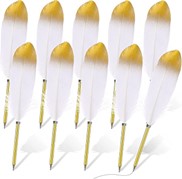
Tip: Most every picture book I share can be found, read aloud, on YouTube. If you’d like to check a book out before adding it to your collection, do a quick search and share it with your young learners to see what you think. I’ve added the link for this week’s book for your convenience. Thank You, Sarah
Tips for Families
Not long ago, a friend of mine was at a baby shower. Have you been to one of those lately? You know how hosts often ask the guests to address an envelope, so the momma has one less task to do when writing thank-you cards? Well, my friend discovered that some young people have never been taught how to address an envelope. She suggested that I include something to address that in this newsletter, and I’m here for it!
It’s really hard to beat the impact of a heart-felt, handwritten note. Today, we’re inundated by text messages, emails, and chats online. It’s almost nostalgic to walk to the mailbox, open it up, and find a handwritten note inside a self-addressed, stamped envelope.
Because I was recently inspired by a “Thirty Days of Thanksgiving” message, I thought I’d share an idea with you. Though we don’t have thirty days before Thanksgiving (!), we can certainly challenge ourselves to write a note or two to tell someone we care about how very thankful we are for their impact in our lives. Would you be up for that?
I made my way down the stationery aisle in Walgreens, and I purchased a box of Thank You cards. I always keep my favorite pen and some stamps in my wallet, so I’m ready for a little project. I’m going to invite my granddaughter, a second grader, to join me for a writing date. We’re going to write some notes of thanksgiving and send them to those to whom we want to express our gratitude. And, when we’re finished with our cards, I’m going to show her how to address an envelope. Then, we’ll add some stamps, walk down my long, gravel driveway, tuck our heartfelt notes inside my mailbox, and raise that happy red flag.
This is the perfect time to share some love and thanksgiving . . . the old-fashioned way.
Here’s a form you can use to guide some kids you adore.
Tips for Readers and Writers
Using Commas Correctly, Week 7 of 8
Use commas after an introductory clause or phrase that qualifies or clarifies the main sentence. A comma informs readers that the introductory clause has come to an end and the main sentence is about to begin. Common starter words for introductory clauses that should be followed by a comma include after, although, as, because, if, since, when, while.
Example:
While folks were still buying Halloween candy, many stores were already setting up their Christmas displays.
After reading a book about Sarah Hale, I decide to write a letter to my congressman.
Use some elbow macaroni noodles to teach your kids when to use commas in their writing. Use those curved noodles, print the attached PDF, and get that glue out, once more. It’s time for some fun-focused practice using commas. Share with your kids this week’s featured rule for using commas and have them try inserting the macaroni commas where they belong on the provided PDF. For beginning readers, you read the text for them. More advanced readers will be able do this work independently. After you’ve checked to be sure your kids’ work is correct, have them attach their macaroni commas to the PDF with some glue. When the glue dries, display your seventh set of Use Your Noodle activity sheets to review the lessons they’ve learned so far.
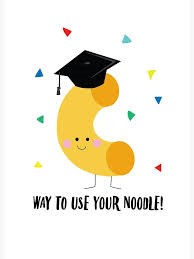
Poem of the Month
"Mary had a Little Lamb"
by Sarah Hale
Mary had a little lamb,
Its fleece was white as snow,
And every where that Mary went
The lamb was sure to go;
He followed her to school one day -
That was against the rule,
It made the children laugh and play,
To see a lamb at school.
And so the Teacher turned him out,
But still he lingered near,
And waited patiently about,
Till Mary did appear;
And then he ran to her, and laid
His head upon her arm,
As if he said - 'I'm not afraid -
You'll keep me from all harm.'
'What makes the lamb love Mary so?'
The eager children cry -
'O, Mary loves the lamb, you know,'
The Teacher did reply; -
'And you each gentle animal
In confidence may bind,
And make them follow at your call,
If you are always kind.'
Practical Grammar
Remember, stationary means not moving or not intended to move while stationery is writing paper with matching envelopes.
Holiday Gift Idea:
Homemade stationery or card-making was a big hit not too long ago, but I’m thinking about professionally printed stationery. Did you know that you could take a beautiful family photo and make some “A note from the Jenkins Family” note cards for a someone you love for the holidays?
If you know someone who would benefit from our newsletter or tutoring at Book Bums, please share this email with them! Thank you.
Copyright © 2024 Book Bums, All rights reserved
Our mailing address is:
7967 Cincinnati-Dayton Road Suite L
West Chester, OH 45069
